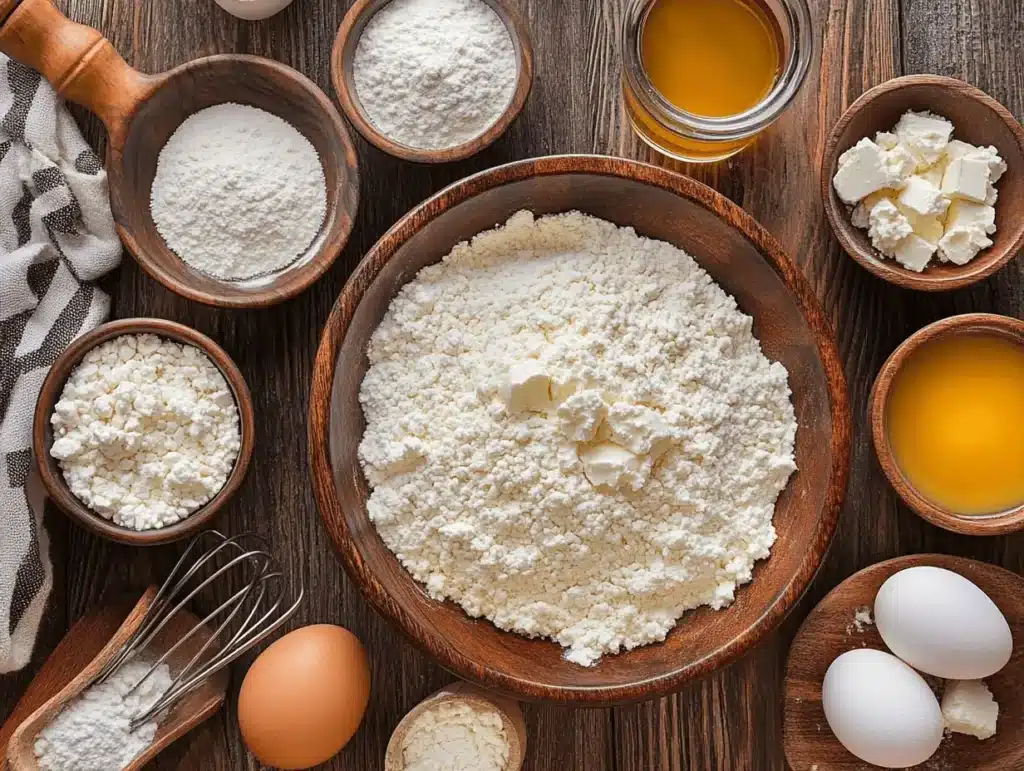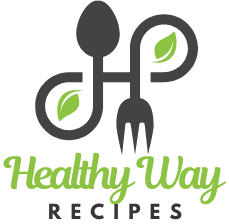Baking bread is a timeless tradition, but have you ever considered incorporating cottage cheese into your dough? This unique twist enhances both the flavor and nutritional value, resulting in a moist, protein-packed loaf with a subtle tang. Whether you are a seasoned baker or a beginner looking for something new, this guide will walk you through everything you need to know to create the perfect cottage cheese bread at home.
Table of Contents
Why Make Cottage Cheese Bread?
A Flavorful and Nutritious Choice
Adding cottage cheese to bread dough offers several benefits:
- Enhanced Flavor – The slight tanginess complements both sweet and savory recipes.
- Moist and Tender Texture – Cottage cheese keeps the bread soft and prevents it from drying out.
- Protein Boost – A great option for those looking to add extra protein to their diet.
To better understand the role of cottage cheese in baked goods, visit What Does Cottage Cheese Do in Baking? for more insights.
A Modern Take on Traditional Baking
While dairy in bread is not new, cottage cheese bread is gaining popularity in health-conscious baking. It combines the comfort of homemade bread with a nutritious twist, making it a fantastic addition to any meal.
Key Ingredients for Cottage Cheese Bread

Essential Ingredients
- Flour – All-purpose or bread flour works best.
- Cottage Cheese – Opt for a fresh, creamy variety.
- Yeast – Instant or active dry yeast ensures a good rise.
- Sugar – A small amount balances the flavors.
- Salt – Enhances the taste.
- Butter or Oil – Adds moisture and richness.
- Eggs – Helps with structure and texture.
Substitutions for Dietary Needs
- Gluten-Free – Use a gluten-free flour blend.
- Vegan – Substitute cottage cheese with plant-based yogurt and use flax eggs (1 tbsp flaxseed meal + 3 tbsp water per egg).
- Low-Sodium – Reduce or omit added salt.
For more information on choosing the right type of cottage cheese for baking, visit What Makes Cottage Bread Different?.
Step-by-Step Cottage Cheese Bread Recipe
Preparing Your Kitchen
- Gather Tools: Mixing bowls, measuring cups, loaf pan, and kitchen thermometer.
- Preheat Oven: Set to 350°F (175°C).
- Prepare the Pan: Grease with butter or cooking spray.
Mixing the Ingredients
Combine Wet Ingredients
- 1 cup cottage cheese
- 2 large eggs
- 2 tbsp melted butter or oil
- 2 tbsp sugar
Mix well in a large bowl.
Combine Dry Ingredients
- 3 cups flour
- 2 tsp active dry yeast
- 1 tsp salt
Whisk together in a separate bowl.
Mix Dough
Gradually add dry ingredients to wet ingredients. Stir until a soft dough forms.
Kneading and Proofing the Dough
Knead the Dough
- Transfer to a floured surface.
- Knead for 8-10 minutes until smooth and elastic.
First Rise
- Place in a greased bowl.
- Cover and let rise in a warm place for 1-2 hours, until doubled in size.
Baking the Bread
Shape the Dough
- Punch down the risen dough.
- Shape into a loaf and place in the prepared pan.
Second Rise
- Cover and let rise for another 30-45 minutes.
Bake
- Bake for 30-35 minutes.
- Check doneness: golden brown crust, sounds hollow when tapped.
- Optional: Use a thermometer (190°F/88°C internal temp).
Cool
- Let cool in the pan for 10 minutes.
- Transfer to a wire rack to cool completely.
Nutritional Benefits of Cottage Cheese Bread
Why It Is a Healthy Choice
- High in Protein – Thanks to cottage cheese and eggs.
- Balanced Energy – Keeps you full longer.
- Lower in Fat – Use low-fat cottage cheese for a lighter version.
Compared to Regular Bread
- More Nutritious – Higher protein and essential nutrients.
- Lower Glycemic Index – May help with blood sugar control.
For another wholesome bread recipe, visit Wholemeal White Bread.

Variations to Try
Savory Herb Cottage Cheese Bread
- Add fresh rosemary and minced garlic.
- Perfect with soups and stews.
Sweet Cottage Cheese and Honey Bread
- Add honey and dried fruit like raisins or cranberries.
- Delicious toasted with butter.
Gluten-Free Cottage Cheese Bread
- Use gluten-free flour and a binding agent like xanthan gum.
For another high-protein cottage cheese recipe, try Cottage Cheese Oat Pancakes.
Troubleshooting Baking Issues
Why Didn’t My Bread Rise?
- Check Your Yeast – Make sure it is fresh.
- Warm Environment – Dough needs warmth to rise properly.
How to Prevent Dense Bread
- Knead Well – Under-kneading makes dense bread.
- Measure Ingredients Correctly – Too much flour leads to heaviness.
Fixing Overcooked or Undercooked Loaves
- Use an Oven Thermometer – Ovens vary in actual temperature.
- Check for Doneness – Use the tap test or thermometer.
Storage and Serving Tips
Best Storage Practices
- Room Temperature – Store in an airtight container for up to 3 days.
- Avoid Refrigeration – It dries out bread faster.
Freezing Instructions
- Wrap Well – Use plastic wrap and a freezer bag.
- Shelf Life – Up to 3 months.
- Thawing – Let thaw at room temperature.
Reviving Stale Bread
- Oven Method – Warm at 350°F (175°C) for 10 minutes.
- Toast It – Great for grilled sandwiches.
Serving Suggestions
Best Dishes to Pair With
- Soups – Perfect with tomato basil or lentil soup.
- Salads – Light meal accompaniment.
- Cheese Platters – Complements charcuterie boards.
Creative Ways to Use Leftovers
- Croutons – Toss with olive oil and bake.
- French Toast – Absorbs egg mixture well.
- Bread Pudding – Works in both sweet and savory versions.
Frequently Asked Questions
Does Cottage Cheese Bread Taste Like Cheese?
No, it has a mild flavor with a slight tang.
Can I Make This Recipe Without Eggs?
Yes, substitute eggs with flax eggs or applesauce.
Is This Recipe Bread Machine Friendly?
Yes, just follow your machine’s basic bread setting.
Final Thoughts: Bake Your Own Cottage Cheese Bread
Cottage cheese bread is a simple yet flavorful addition to any home baker’s repertoire. Whether you enjoy it savory, sweet, or gluten-free, it is a nutritious and versatile loaf worth trying.
Try making a fresh batch and explore different variations. If you have made this recipe, share your experience in the comments below.
Happy Baking!

